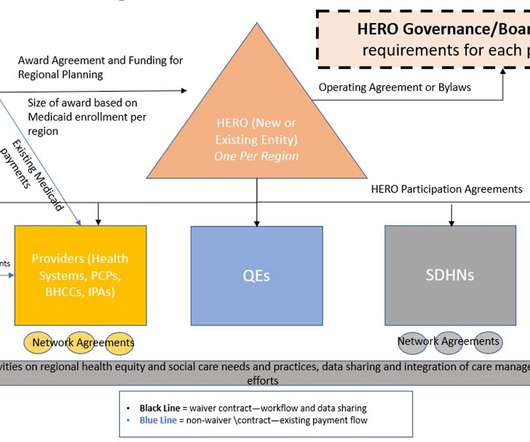Massachusetts eHealth Collaborative dissolves, saying 'work completed'
Healthcare IT News - Telehealth
JULY 21, 2021
Since its founding in 2005, MAeHC has worked to improve the safety, efficiency and quality of healthcare delivery in the state by guiding organizations in the implementation and meaningful use of health IT. It has also spearheaded interoperability, standards development and HIT policy initiatives.













Let's personalize your content